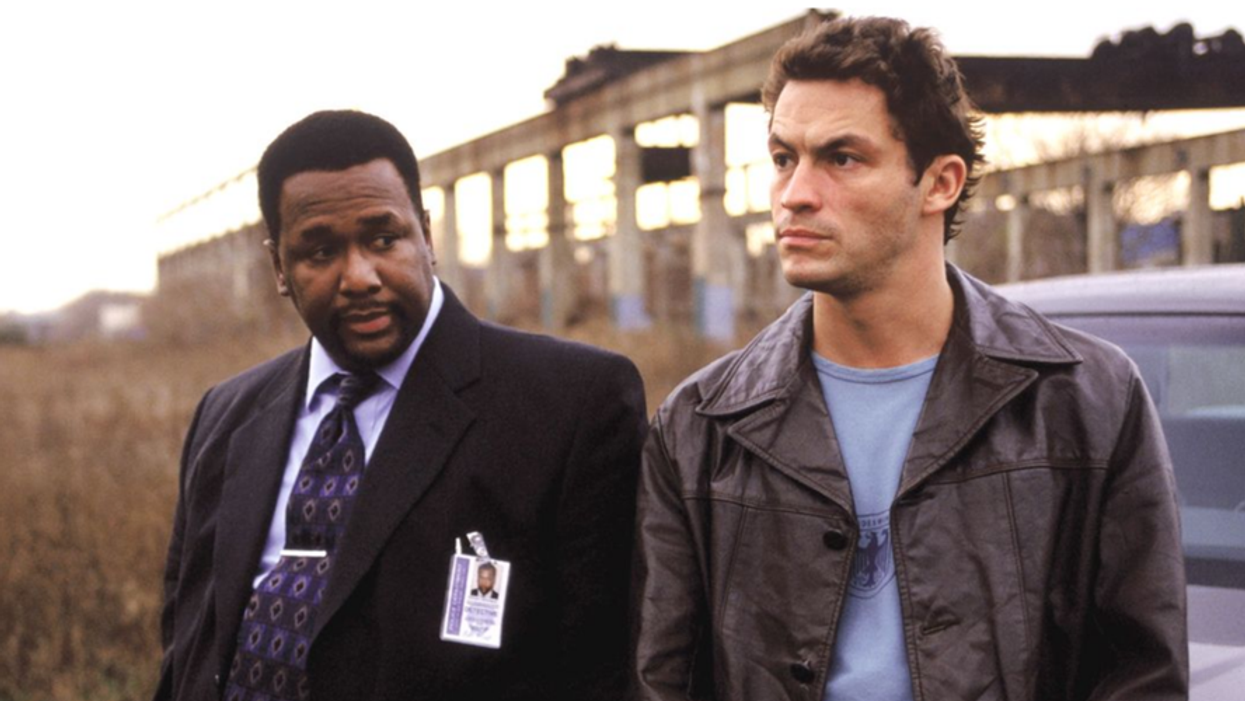Engage with the Cinematography of 'The Wire'
We often forget how beautifully The Wire was shot.

During the pandemic, I decided to go back to Baltimore and watch The Wire. Over the five seasons of the show, we got an incredible look at what made up the corrupt city of Baltimore and how the people suffered at every level. We followed drugs, politicians, police, and everyone in between. The show was created by David Simon and utilized directors of photography Uta Briesewitz, Russell Lee Fine, Dave Insley, and Eagle Egilsson.
Together, they solidified the look and feel of the show. While it was originally shot in the 4:3 aspect ratio, it was updated for high definition and changed to 16:9. Those changes were controversial at the time since they altered the look and feel of the show. But the dedicated post team managed to maintain the cinematic elements from the original shots and expand upon them further.
Check out this video from The Beauty Of, and let's talk after.
Watching that video is a great reminder of how The Wire changed television in the early 2000s. Shot on film, its grainy look made the show feel timeless, like you were stepping into a place you could return to any time you wanted.
Every shot felt immersive. That was purposeful. David Simon notes that Robert F. Colesberry, a producer and actor on the show (who tragically died between seasons), was responsible for the look and the feel.
He wrote in his blog, "It was Bob who created the visual template for The Corner and The Wire both, and having died suddenly after the latter drama’s second season, it is Bob who is remembered wistfully every time we begin to construct the visuals for some fresh narrative world."
It's interesting to see how the camerawork holds up even with the aspect ratio change.
As Simon wrote, "Similarly, Bob further embraced the 4:3 limitation by favoring gentle camera movements and a combination of track shots and hand-held work, implying a documentarian construct. If we weren’t going to be panoramic and omniscient in 4:3, then we were going to approach scenes with a camera that was intelligent and observant, but intimate. Crane shots didn’t often help, and anticipating a movement or a line of dialogue often revealed the filmmaking artifice. Better to have the camera react and acquire, coming late on a line now and then. Better to have the camera in the flow of a housing-project courtyard or squad room, calling less attention to itself as it nonetheless acquired the tale."
As you can see in the video, The Wire's gentle movement actually became the show's greatest strength. It never felt stylized. It just came across as real life. There's so much potential beauty in these shots, too. We can see the characters' dreams die in an instant as things come crashing down. Or we can see them as they plan a hostile takeover, all juxtaposed against corners, downtown, and even inside seedy bars.
Let's see what materials they used to make the show.
The Wire Tech Specs
- Aspect Ratio: 16:9 HD (restored HD version) and 4:3 (original version)
- Camera: Panaflex Millennium XL (as Panaflex® Camera and Lenses by Panavision®), Panavision Cameras and Lenses
- Laboratory: Postworks, New York, USA
- Negative Format: 35 mm, 35 mm (Kodak Vision 200T 5274), 35 mm (Kodak Vision 500T 5279)
- Cinematographic Process: Super 35 (3-perf)
- Printed Film Format: 35 mm
What are some of your favorite shots from The Wire? How do they dictate what the show's all about? Let us know in the comments.
Source: The Beauty Of












